This has been something of a year of reckoning for some retailers, several of which filed for bankruptcy protection, while others ended up shutting their doors permanently. Increasingly, merchandisers are realizing that survival depends on reconceiving brick-and-mortar stores as popular all-around destinations, consultants say. Store designers advise retailers to pull in traffic with eye-catching and immersive designs that help differentiate their offerings from those of competitors online.
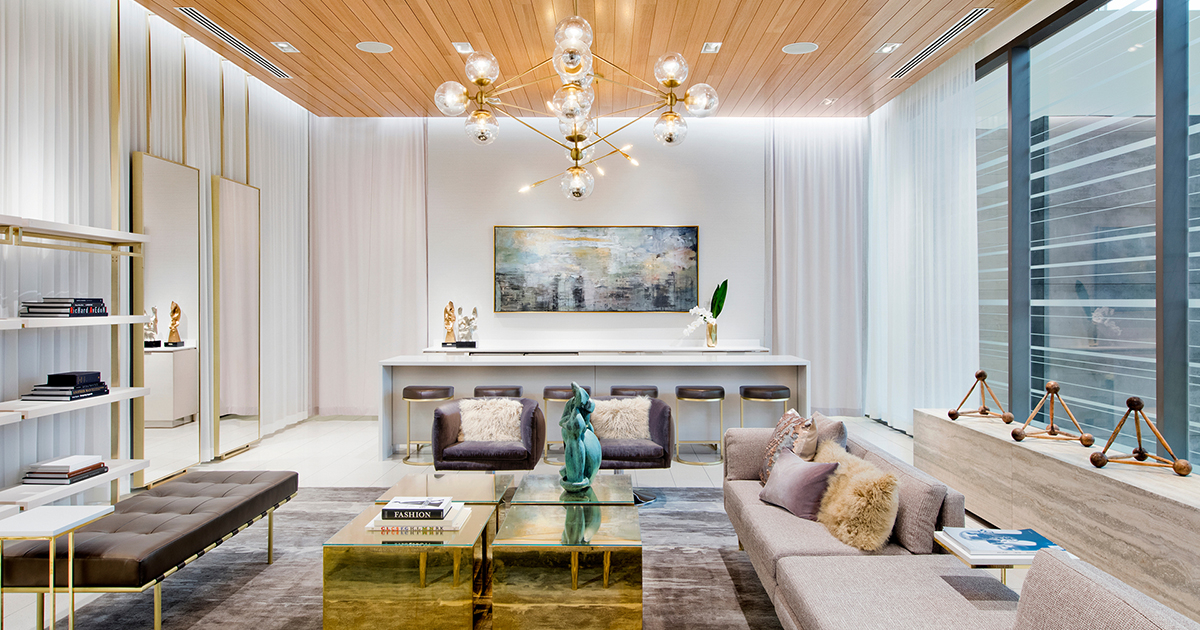
NORDSTROM, Yorkdale Shopping Centre, Toronto This is not the Nordstrom of yore. Clarity is key here, at one of the chain’s first Canadian outposts. The Yorkdale Shopping Centre store, designed by CallisonRTKL, features open views, unobstructed flows, floor-to-ceiling windows and minimal signage. The art elements provide aesthetic interludes. And the fixtures are adaptable, including movable walls.
Retail industry travails are neither new nor unique to this particular industry, of course. But they do seem to have reached critical proportions in some ways, say a few specialists. The news in October that Lord & Taylor, for one, would sell its flagship building on New York City’s Fifth Avenue and reduce the store space to about a fourth its original size arguably underscored this sense of urgency. “With the closing of so many stores, retailers have had to go back to the table and rethink design strategy,” said consultant Paco Underhill, founder of Envirosell, a New York City–based firm.
Current store design trends include the uncluttered beauty of the art-adorned Nordstrom outpost at Toronto’s Yorkdale Shopping Centre; the frenetic, colorful Toy Kingdom, in Seoul, South Korea; the REI in a refurbished “rock palace” in Washington, D.C.; and the fresh, even luxurious features of the Level Up medical marijuana dispensary in Scottsdale, Ariz.
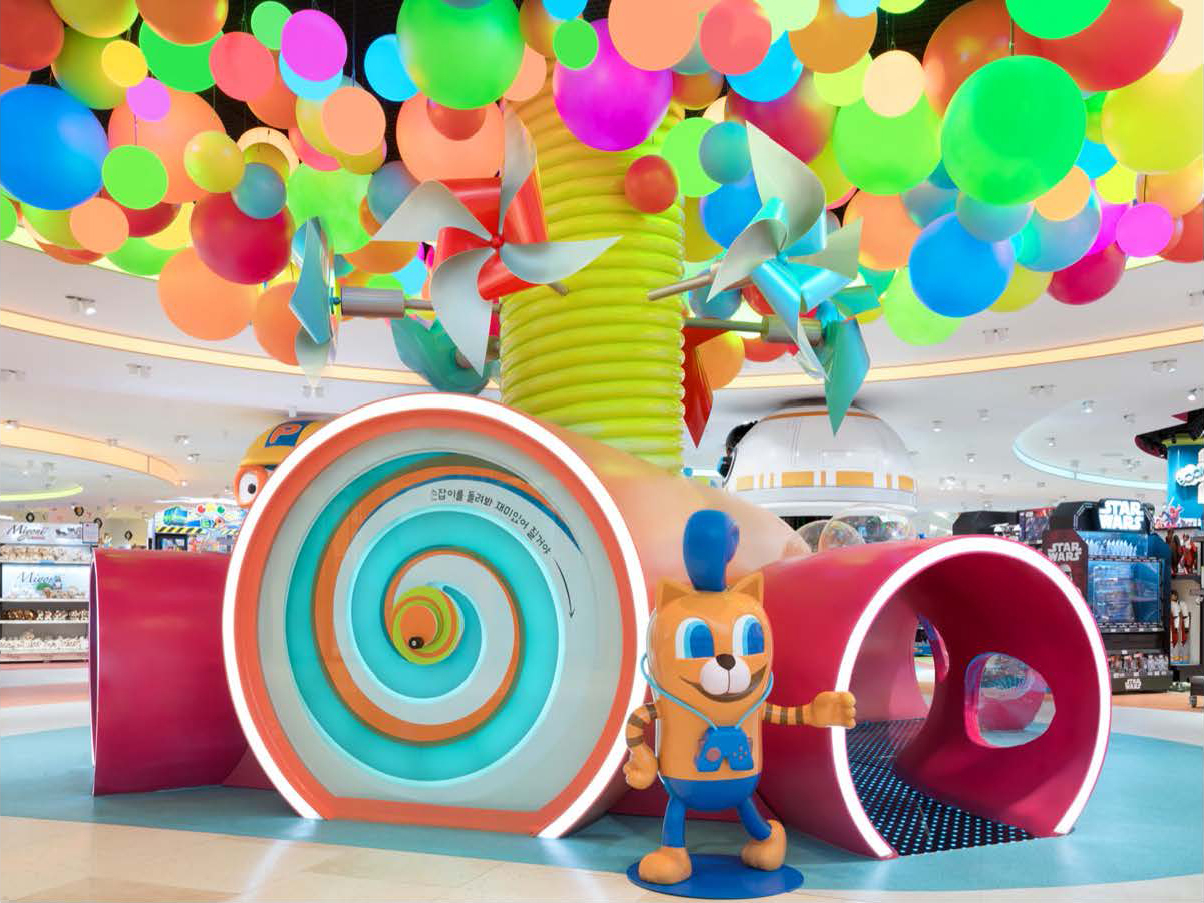
TOY KINGDOM, Seoul, South Korea When Toy Kingdom wanted to create a store “unlike any in the world” in Seoul, South Korea, Chute Gerdeman designed a colorful, meandering, village of imaginary characters that children interact with physically and digitally, by means of colorful ride-on toys, building toys, smart toys and imagination toys. They run through kid-sized tunnels. “‘Experiential’ is the number-one word on everyone’s list,” said Joanna Felder, Chute Gerdeman’s vice president of creative strategy.
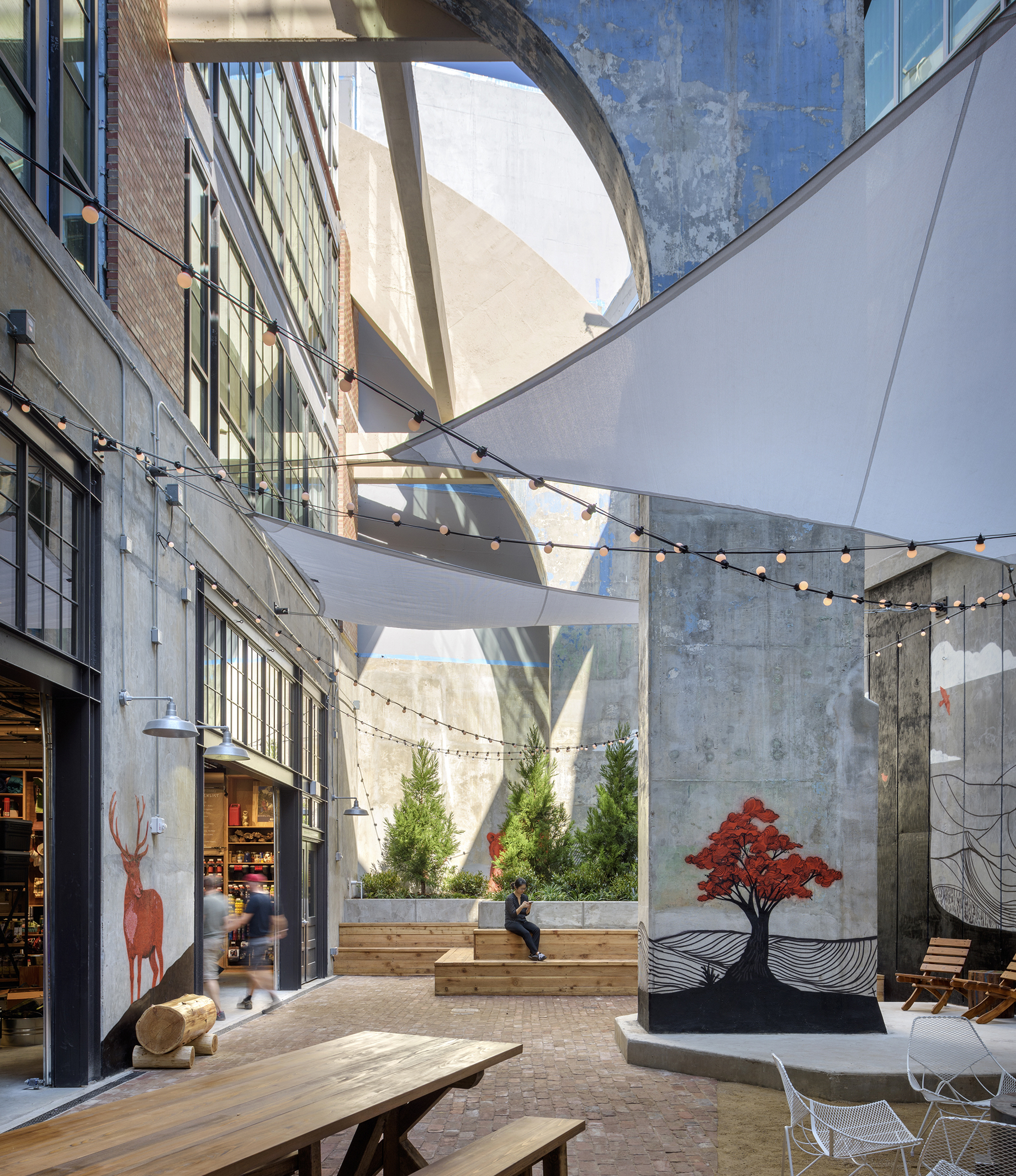
REI, Washington, D.C. The classic site of the Beatles’ first U.S. concert is now REI’s 51,000-square-foot store in Washington’s gentrifying NoMa neighborhood. The Uline building, also called the Washington Coliseum, was little used until Recreational Equipment, Inc., opened the sporting-goods store plus an educational and activity center. The facility, designed by CallisonRTKL, “is an immersive experience,” said Jerry Stritzke, president and CEO of REI.
Beyond even any arresting beauty, whatever form that takes, there is a need for shoppers to be able to see and touch the products, and to be afforded unique opportunities for experiences they cannot get in cyberspace, says Underhill, echoing the sentiments of many designers. “Experiential, technological and theatrical flourishes are key,” he said. “This is driven by the fact that shopping is a recreational sport.”
Recreational indeed. Consider the turf over at the newest Adidas store, on New York City’s Fifth Avenue, where customers may try on and try out the merchandise. Or check out the doings over at Eataly NYC Downtown, where diners can sign up for culinary classes. Or look at the way patrons can enjoy the California sunshine at the Hollywood Dream Suites indoor-outdoor lobby and bar.
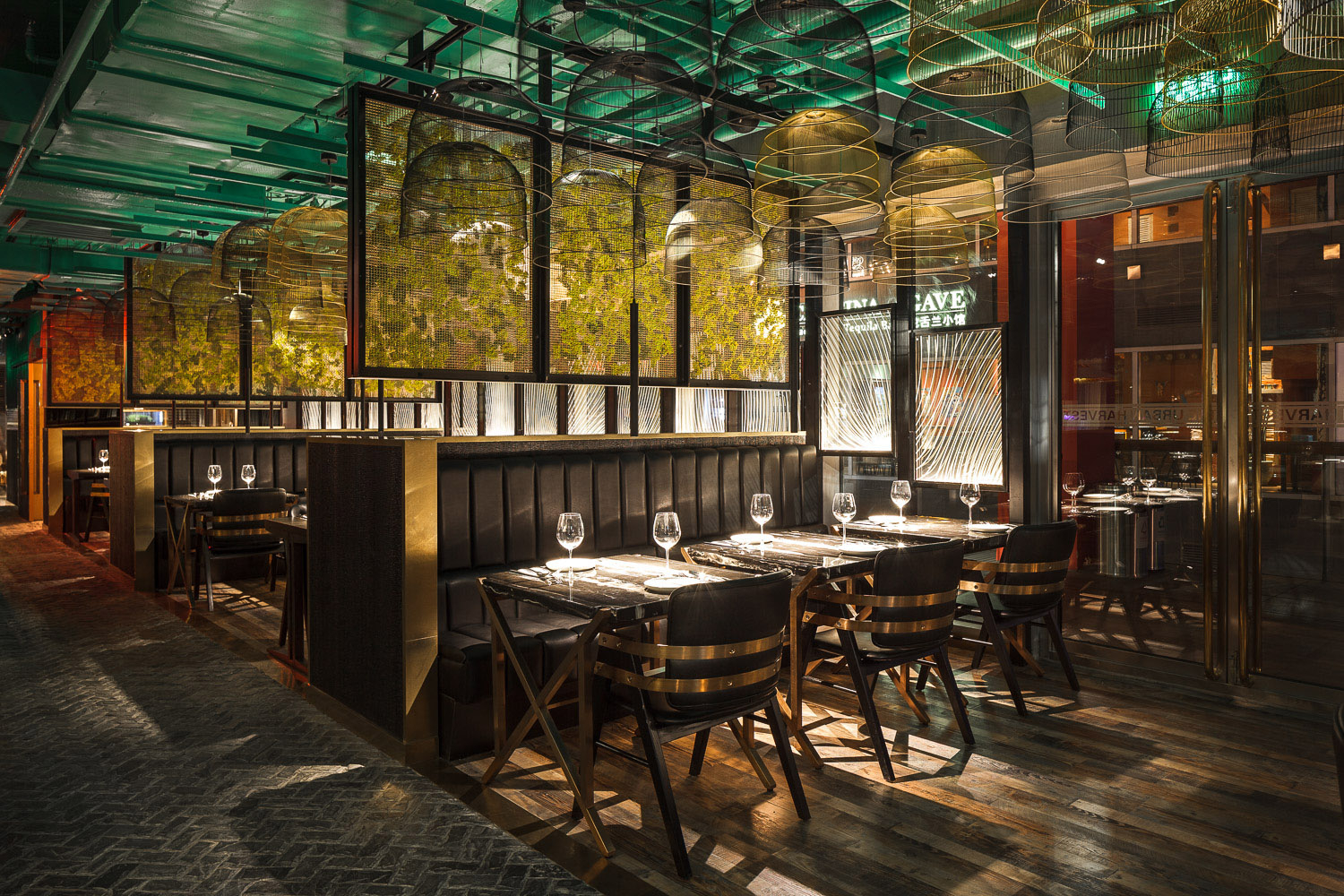
URBAN HARVEST, Beijing, China Design firm Atelier I-N-D-J transformed the interior of Urban Harvest Taikoo Li Sanlitun, in Beijing, to include displayed mushrooms, baby greens and sprouts, art work and other surprises throughout. Translucent curtains are suspended on steel cables to provide privacy. A two-story wall features rotating art exhibits.
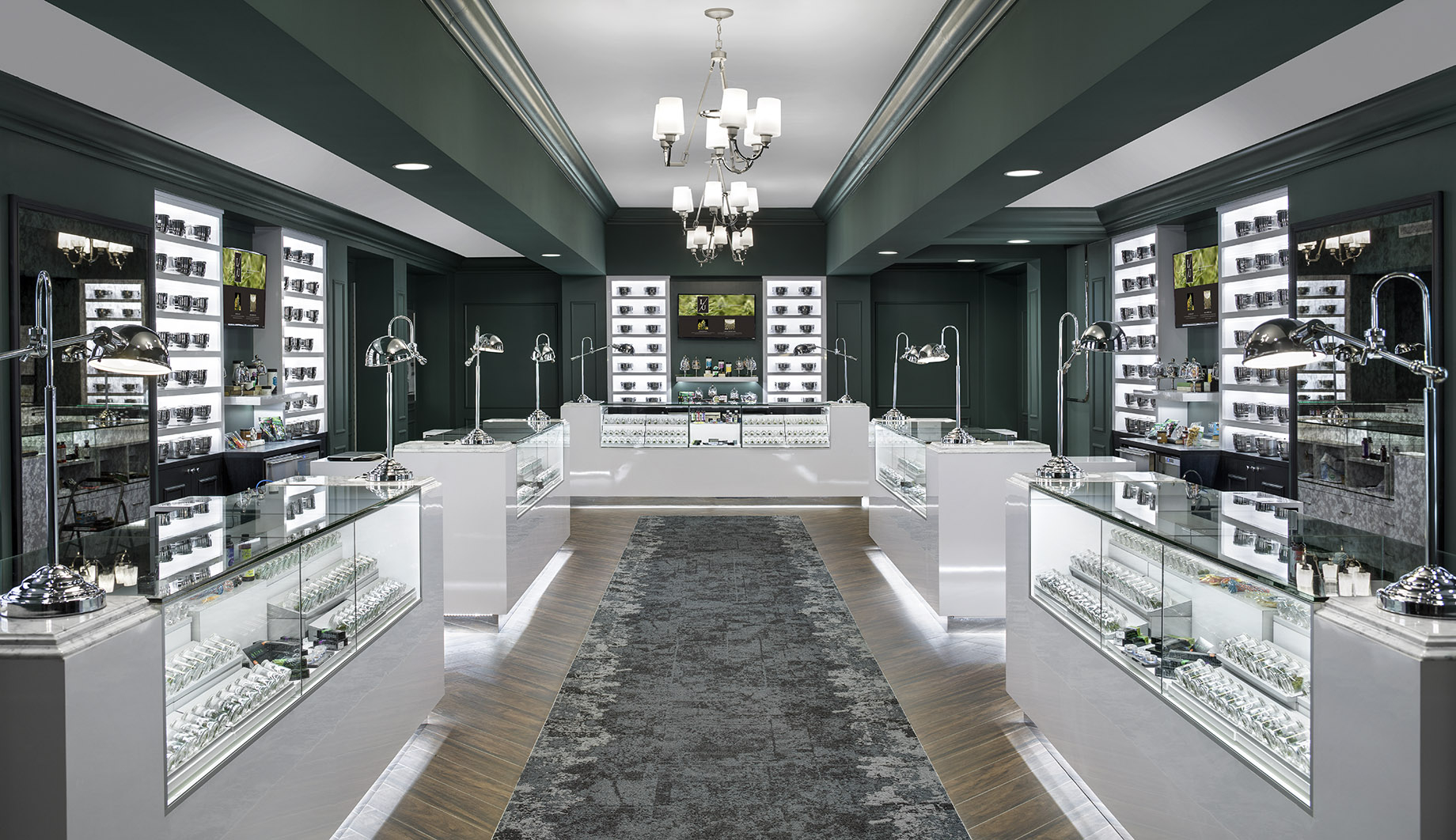
LEVEL UP, Scottsdale, Ariz. Megan Stone, owner of High Road Design Studio, has revolutionized the image of head shops. Given the legalization of marijuana in some states, Stone is creating luxury cannabis dispensaries. At Level Up, leather-and-velvet furniture, crown moldings and marble touches communicate sophistication. “The hippie variety was mainly a product of a clandestine, underground, black-market industry,” said Stone. “Now that it’s regulated, cannabis retailers have an opportunity, and responsibility, even, to make these retail stores safe, welcoming, conducive to shopping and educational.”
To be sure, retail designer lexicons are charged up with buzzwords: authenticity, curation, experiential, immersion and retro chic, to cite only a few. And such terms can be converted into stores and retail spaces that have never been imagined before. “It’s an interesting time as far as the look and feel of retail spaces,” said Caitlin Neyer, director of brand strategy at FRCH Design Worldwide, a Cincinnati-based design and architecture firm. Technology, long the byword, remains important in design, to be sure — but not as “screens for screens’ sake,” says Neyer.
At the rebranded, newly opened FRCH-designed American Girl store in New York City’s Rockefeller Center, families can buy their children dolls that look just like them or like someone they love. At the aforementioned Yorkdale Shopping Centre Nordstrom, signage is kept to a minimum, but the design scheme incorporates hidden mechanisms in the ceiling that enable the shifting and reshifting of temporary walls to create seemingly endless transformations of the space.
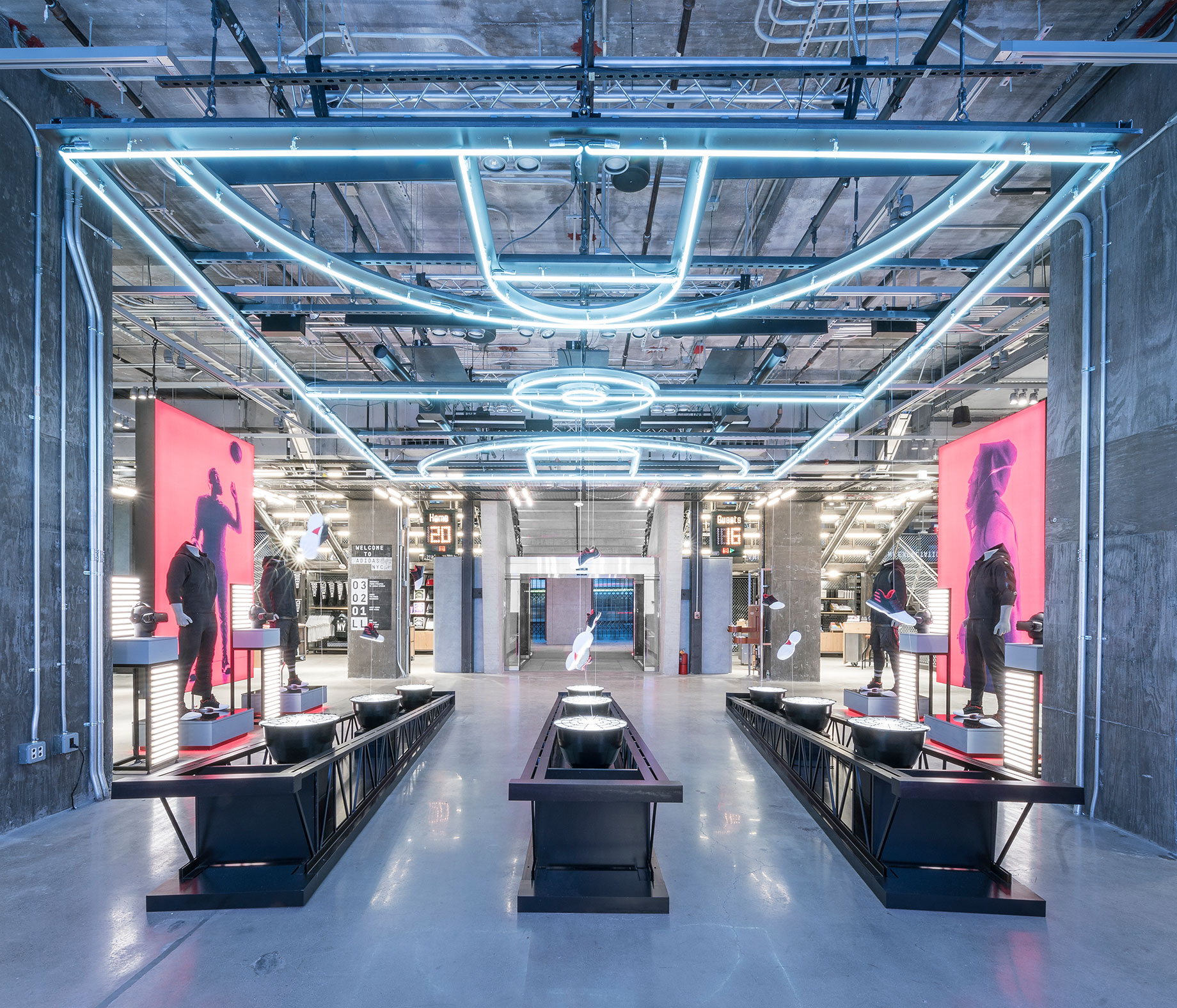
ADIDAS, Fifth Avenue, New York City Adidas’ 45,000-square-foot, four-level store in New York City’s midtown, designed by Gensler, emphasizes experience over products. Inspired by high school stadiums, the project includes a tunnel entrance that lets shoppers emulate athletes running onto the playing field. The customers can watch sports shows from on-site bleachers, try on sports gear inside locker rooms and test out products on actual turf. “It was important to bleed authenticity,” said Paul Gaudio, Adidas’ creative director.
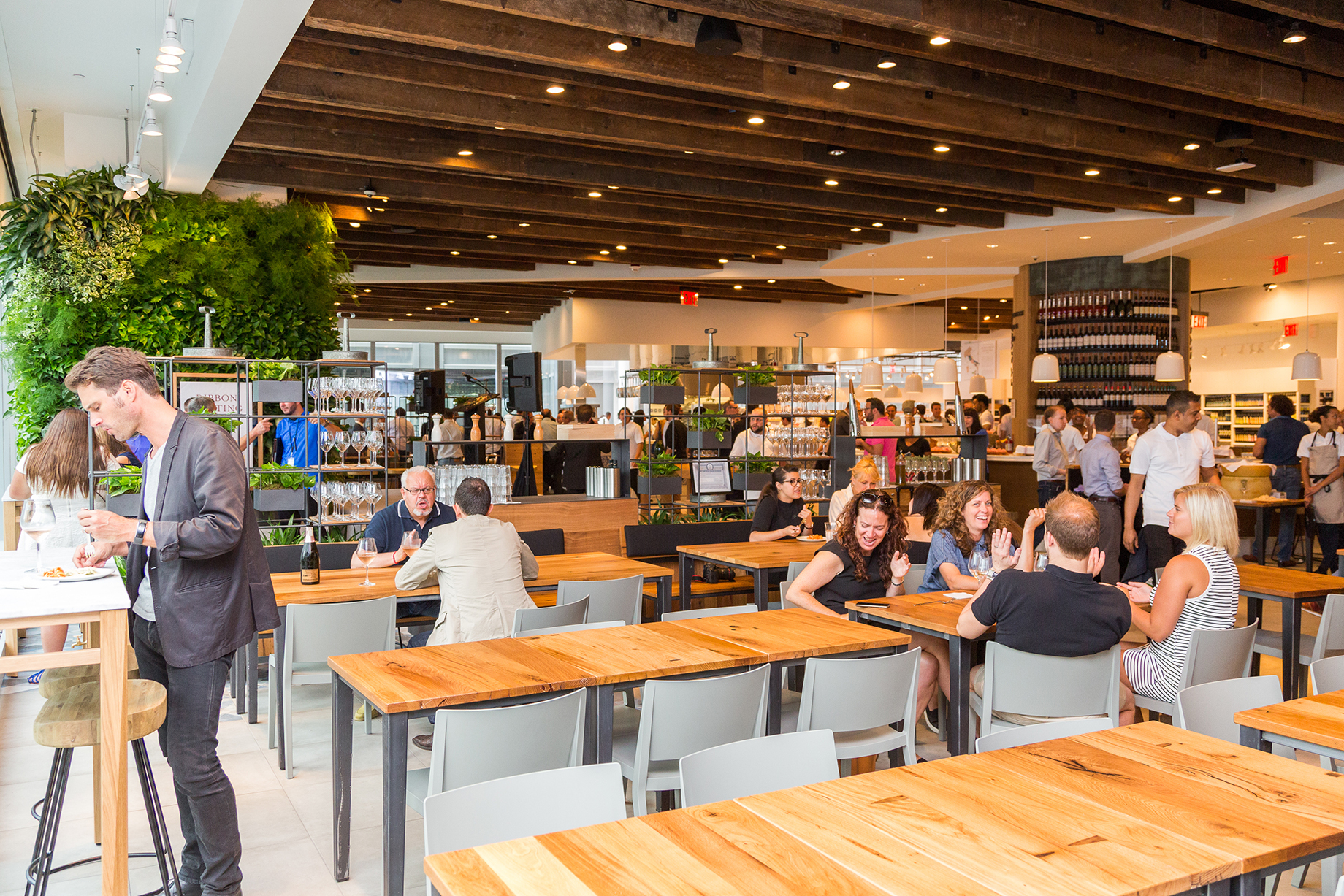
EATALY NYC DOWNTOWN, Westfield World Trade Center Four, New York City Six restaurants, a massive food market and a culinary classroom take up 48,000 square feet at this sleek site, the second in New York City. The standout is Osteria della Pace, the upscale eatery in a contemporary yet classic jewel-box setting. Authentic Italian artistry is evidenced in everything from the decorative, colorful ceramic plates on the wall to the marble tabletops to the Southern Italian offerings.
Mere prettiness, however, will not be enough, observers say. “Sleek is not necessarily the thing people want,” said Joanna Felder, vice president of creative strategy at Chute Gerdeman, Columbus, Ohio. Today, then, a store’s artistry must reflect, at least in part, the shoppers’ sensual experiences, asserts Underhill. Design must be pleasing to the eye, certainly — but the best designs of all, specialists say, will incorporate immersive experiences that affect the observer’s very soul.
By Beth Karlin
Contributor, Shopping Centers Today


